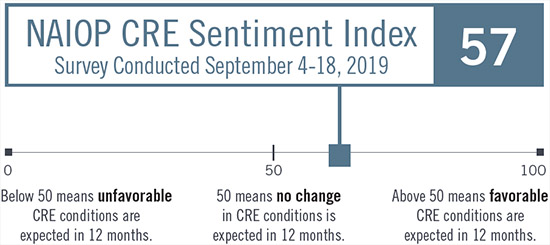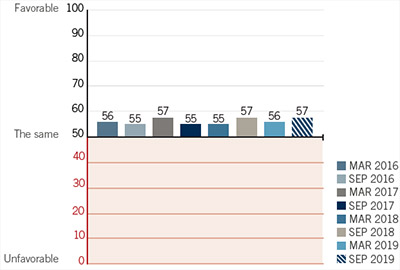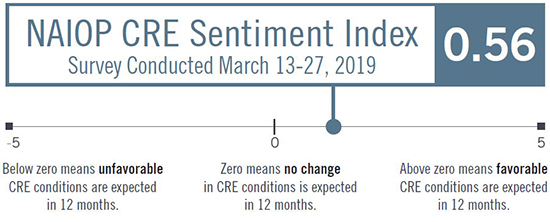Originally published on November 17, 2020 in NAIOP's E-Newsletter.
The new 2020 NAIOP/CEL Commercial Real Estate Compensation and Benefits Reports are now available for purchase online. Each includes salary, bonus, incentives, and benefits for up to 200 positions, and data from 100,000 distinct jobs in the office/industrial, retail and residential property sectors. Data is sortable by company size, type, specialization and more.








